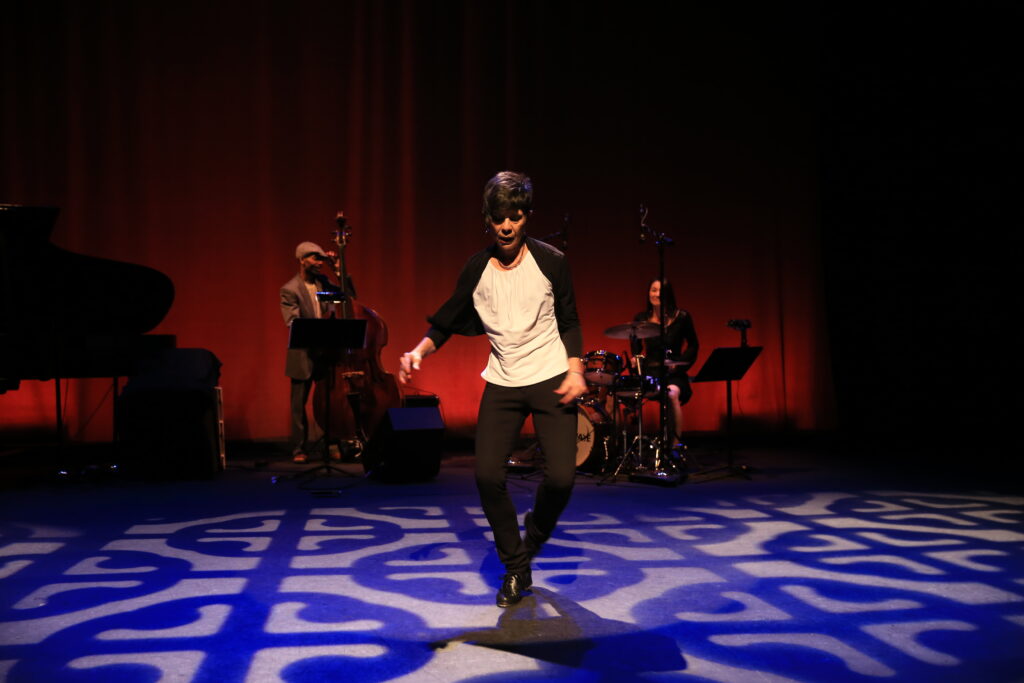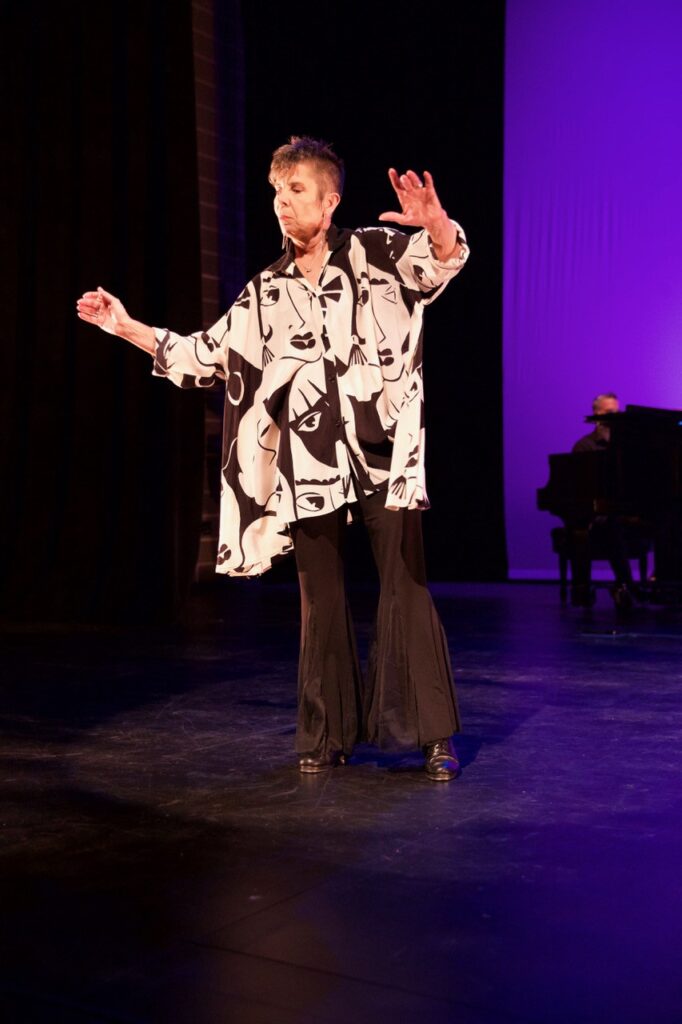The Beat Goes On: Acia Gray and Tapestry Dance Keep Tap’s Spirit Alive in Austin
With every shuffle and stomp, Acia Gray turns rhythm into storytelling — blending jazz, theater, and community to sustain tap dance in the heart of Texas

At Tapestry Dance, the soundtrack never repeats. Acia Gray cues up everything from Earth, Wind & Fire to J Balvin to The Temptations as her tap students gather in a circle for a warmup, moving in unison with toe touches and heel-toe steps, building energy and awakening both body and ear.
“Welcome to what is pretty much a drum circle,” Gray tells them. “Don’t think about this as a class. Think about it as an experience in community. How many of you play instruments?” After a beat she adds, “All of you should have raised your hand — because now you do. We are the musical instrument.”
The Making of a Tap Artist
Gray’s dance career is rooted in a love of music she discovered as a child. Starting at age seven, she drummed with her stepfather’s band, picked up jitterbug steps from her mother — an avant-garde burlesque dancer — and sometimes grabbed the mic to sing in the clubs where they performed. After moving to Austin and graduating high school, she left for New York to study acting at the American Academy of Dramatic Arts. While back in Austin for a visit, she auditioned for Austin on Tap and discovered a form that fused her musician’s ear with her theatrical instincts.
A residency with the legendary Charles “Honi” Coles deepened her commitment. “It changed my life,” she says. “I realized how deep the jazz element was, how musical it was. It took me back to being a musician.” That residency also connected her to Deidre Strand and Fred Moratel, and in 1989 the three co-founded Tapestry Dance.

Preserving Tap in a Changing Austin
From the start, Tapestry was more than a tap company. Ballet, modern, jazz, theater and live music were woven together like the threads in its name. Under Gray’s direction, the company toured internationally, staged annual shows at the Paramount and launched the Soul 2 Sole International Tap Festival, one of the longest-running gatherings of its kind, all while offering community dance classes.
But sustaining that vision hasn’t been easy. Now in their fifth location, Tapestry has lost multiple studios to Austin’s development boom. In 2020, just days before its 30th anniversary show, the pandemic shut everything down and forced layoffs of the professional company. Most recently, the Soul 2 Sole Festival lost critical funding from the National Endowment for the Arts, stripping away a program that had connected Austin to the global tap community.
Now, adult tap classes have become Tapestry’s anchor, providing financial stability and connection, while the studio also offers affordable rehearsal space for other Austin arts groups. Gray has turned her focus toward preservation, organizing Tapestry’s archives with the Austin History Center. “When you look at history, you look at art. Art tells us what our past was. If you lose your art, you lose a lot. But I also know art thrives in these situations.”
The Show Goes On
These days, Gray continues to teach, travel, collaborate and perform. “Jazz tap dancers don’t age out,” she says. “The older you get, you slow down and start paying attention. Every note has a purpose. The lessons of tap dance are the lessons of life — it’s always about the transitions, about listening, about being present.”
Through it all, Gray remains committed to ensuring tap dance has a future in Austin’s shifting arts landscape. “Tap is truly American,” she says. “It’s rooted in struggle, in culture, in rhythm. It’s human. And through it, I want people to see that something that seems so simple can be so deep.”
RELATED: The Best Theatre, Dance, Films and More to See in Austin This Fall










